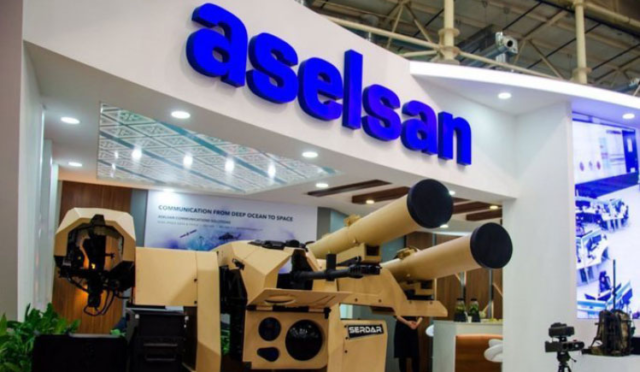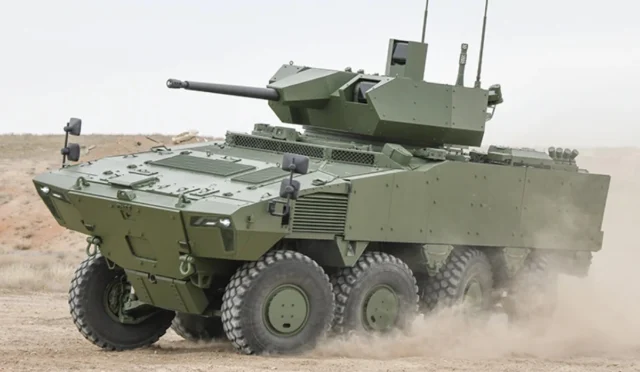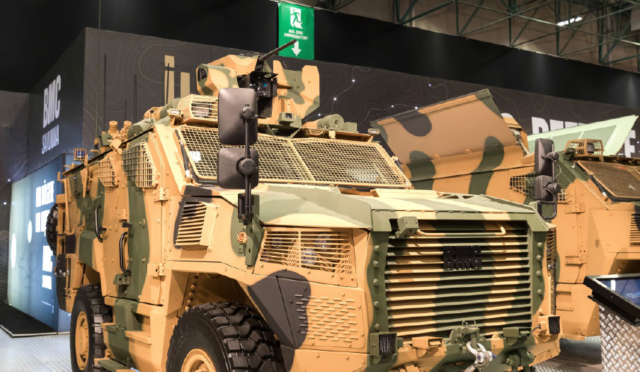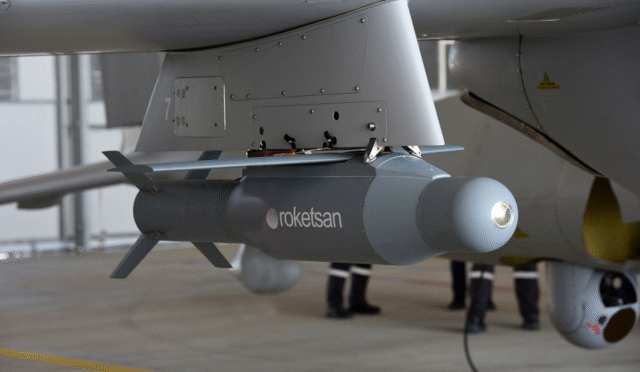U.S. Nuclear Agreement Termination and Its Consequences
**In 2018, President Donald Trump controversially decided to withdraw the United States from the nuclear agreement that had been established with Iran in 2015. This agreement was aimed at curbing Iran’s nuclear ambitions in exchange for the lifting of various economic sanctions. With the U.S. exit from the deal, comprehensive military and economic sanctions against Iran were reinstated, leading to severe economic repercussions for the Iranian populace.**
The decision not only inflicted significant economic damage on Iran but also escalated regional tensions. Following the U.S.’s pullout from the agreement, Iran gradually began to breach its commitments, expanding its nuclear capabilities. This intensification of nuclear activity has raised alarms regarding potential nuclear armament in the Middle East, which could disrupt the existing balance of power. As the political landscape shifted, particularly with Trump’s potential return to office in 2025, there was renewed pressure on Iran to abandon its nuclear weapons program and negotiate a new agreement with the U.S.
Escalating Military Tensions in the Middle East
Military dynamics have become increasingly strained as the U.S. has bolstered its military presence in the Middle East in response to ongoing tensions with Iran. Following conflicts between Iran and Israel in 2024 and aggressive actions by Iran-backed Houthi forces against maritime vessels in the Red Sea, the U.S. has dispatched additional warships, fighter jets, and advanced air defense systems to the region. The combination of renewed sanctions, the annulment of the nuclear agreement, and escalating threats from both sides has significantly heightened tensions.
By 2025, these tensions have reached alarming levels, suggesting that a new conflict may be imminent amidst broader regional instability. Reports from U.S. officials as early as March 2025 indicated preparations for a comprehensive military response against Iran, which included the extension of the USS Harry S. Truman aircraft carrier group deployment in the region and the movement of the USS Carl Vinson from the Pacific to the Middle East to bolster U.S. forces.
U.S. Military Asset Transfers to the Region
The U.S. has taken substantial steps to enhance its military readiness in the Middle East, particularly evident with the redeployment of the USS Carl Vinson aircraft carrier group. Furthermore, advanced air defense systems and fighter aircraft have been stationed at various military bases including those in Qatar, Kuwait, and Jordan. Notably, at Diego Garcia, six B-2 stealth bombers have been positioned, reinforcing the strategic capabilities of U.S. forces in preparation for any potential military operations.
Throughout March, a significant uptick in logistics operations was recorded, with U.S. Air Force transport aircraft executing nearly 140 flights to bolster military infrastructure in the region. This level of activity nearly doubled the usual operational tempo, suggesting heightened preparations for potential conflict. There was also a notable transfer of air defense systems from bases in South Korea and Japan to U.S. bases in the Middle East to further reinforce U.S. military assets.
Iran’s Response to U.S. Military Buildup
In light of the escalating U.S. military presence and preparations for potential strikes, Iranian officials have expressed their unwillingness to engage in direct negotiations while simultaneously indicating a willingness for indirect discussions. Nonetheless, they have issued stark warnings against any increase in U.S. military activity in the region, suggesting that such actions would provoke significant retaliatory strikes against U.S. installations.
Iran has also proposed preemptive strikes targeting U.S. interests in the region, asserting that if bases hosting U.S. forces are utilized for attacks on Iran, those countries would also become legitimate targets. The Iranian leadership views the deployment of B-2 strategic bombers as a direct threat, contemplating drone and missile strikes against U.S. assets in response.
Summary of U.S. Military Assets in the Region
The current military posture of the U.S. in the Middle East includes a formidable lineup of naval assets comprising the USS Carl Vinson and USS Harry S. Truman aircraft carrier groups, along with several guided missile cruisers and destroyers. The presence of a nuclear submarine, such as the USS Georgia, further underscores the military capabilities in the region.
Air assets at Diego Garcia include advanced B-2 Spirit bombers and multiple C-17 transport aircraft, while bases in neighboring countries house a diverse array of fighter jets and air defense systems aimed at enhancing regional security and deterrence against Iranian actions.







